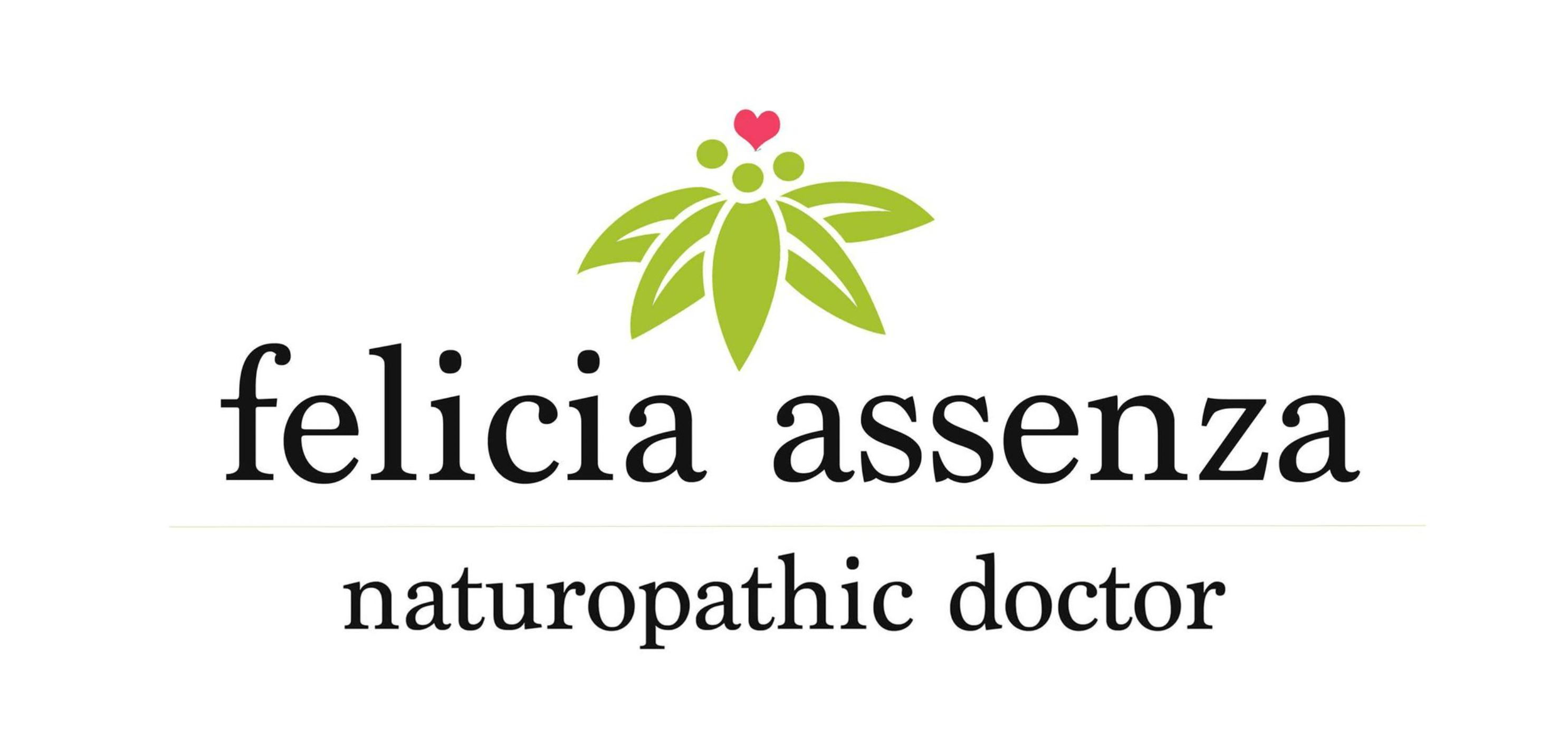It’s spring! The time of the year when garlic mustard is everywhere! And because it is such an invasive species here in Canada, I feel great about uprooting it and putting it to good use in pesto form.
Even more reasons to feel good about eating garlic mustard (Alliaria petiolata) is all of the wonderful nutrition it provides, especially when foraged straight out of the forest (always make sure you are certain about your plant identification though before trying things in the wild!). Did you know that the garlic tasting leaves of this plant are actually higher in vitamin A than spinach and higher in vitamin C than oranges (1)? It has also been used medicinally for wound healing and respiratory concerns (2, 3). And I think it tastes delicious! The leaves have a garlic flavour and the root tastes similar to horseradish.
With all of it’s health benefits, invasiveness, and tastiness, no wonder there are so many recipes for garlic mustard pesto! I thought I’d add my recipe to the abundance of recipes out there. Feel free to get creative and make your own unique recipe too!
Garlic Mustard Pesto
Servings: 5-6
Ingredients:
- 10 cups garlic mustard leaves only (removed from stems)
- 1/2 cup of chopped walnuts
- 1 garlic clove
- 1/3 cup grated parmesan cheese
- 1 cup olive oil
- 1 tbsp vinegar of choice (I used white balsamic for sweeter flavour) or lemon juice
- salt to taste (I used about 1/2 tsp)
Directions:
- Add all ingredients to a blender or food processor
- Blend and add to pasta dishes or use as dip
- Store any left-overs in refrigerator
References
- PAUL B. CAVERS, MURIEL I. HEAGY, and ROBERT F. KOKRON. THE BIOLOGY OF CANADIAN WEEDS.: 35. Alliaria petiolata (M. Bieb.) Cavara and Grande. Canadian Journal of Plant Science. 59(1): 217-229. https://doi.org/10.4141/cjps79-029
- Kumarasamy, Y., Byres, M., Cox, P.J. et al. Isolation, Structure Elucidation, and Biological Activity of Flavone 6-C-Glycosides from Alliaria petiolata . Chemistry of Natural Compounds40, 122–128 (2004). https://doi.org/10.1023/B:CONC.0000033926.72396.41
- Rahman M, Khatun A, Liu L, Barkla BJ. Brassicaceae Mustards: Traditional and Agronomic Uses in Australia and New Zealand. Molecules. 2018 Jan 21;23(1):231. doi: 10.3390/molecules23010231. PMID: 29361740; PMCID: PMC6017612.

